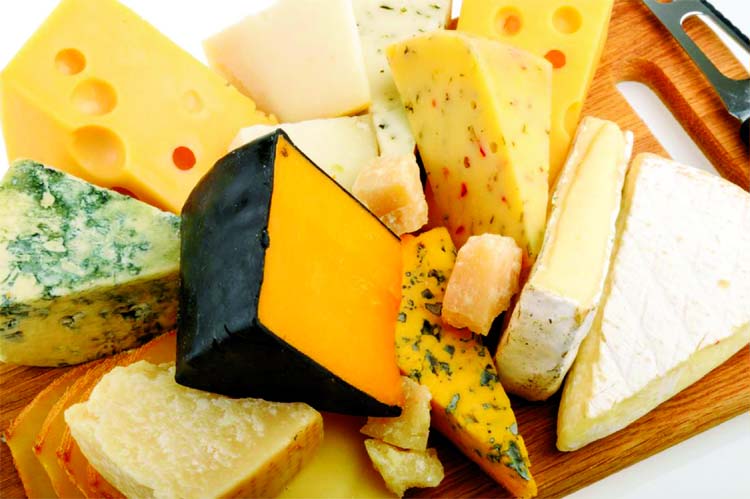
While ‘you are what you eat’ is a contested statement, what we consume over many generations can shape the way we evolve as a species. Diet, in more ways than we can imagine, can change the human anatomy – what we eat today will influence the direction we take tomorrow.
A couple of weeks back, the world’s oldest cheese was found in Egypt. This was an important discovery because, in a way, it displayed the importance of cheese in the diets of our ancestors – given it was an offering at burials.
But even if we shared our fondness for cheese with our ancestors 3200 years back, today, about two-thirds of the world’s population is lactose intolerant or have reduced lactose tolerance after infancy.
This brings us to wonder – how did we transition from lactose tolerance to lactose intolerance or is it the other way round?
Even if dairy products form a part of the regular diet for people in Europe, Northern India, and North America, drinking milk in adulthood was only possible from the Bronze Age – over the last 4,500 years. Just 20,000 years ago, no one past infancy could digest milk sugar, called lactose.
When mammals are young, they produce an enzyme called lactase. Lactase helps in breaking down the sugary lactose found in their mothers’ milk.
But up until several thousand years ago, once a person came of age, they stopped producing that enzyme – meaning most adults were naturally lactose intolerant.
So how exactly did humans start becoming lactose tolerant?
Around 8,000 years ago in what’s now Turkey – just when humans were starting to milk newly domesticated cows, goats, and sheep – mutations in the gene that produces the enzyme lactase started occurring often – which led to adult lactose tolerance. According to varying estimates, genetic mutation responsible for this may be between 2,000 and 20,000 years old.
In addition to it, during times of famine in Northern
Europe, instances of drinking milk probably increased in the region. And the people who shouldn’t have been consuming high-lactose dairy products ideally – the hungry and malnourished – were the ones who ended up consuming it more. Milk’s ill-effects on the lactose intolerant separated them from people with lactase mutation in their genes who would have been the ones more likely to survive and pass on that gene.
Lactase tolerance offered an advantage to people who were able to pass this mutated gene on to their offspring.
This offered an added advantage because of increased calorie and nutrient intake – it is believed lactose tolerant populations could better survive famines, and may also have been better at conquests, aiding the spread of their civilizations and cultures.
While being able to digest milk could have been a boon in the past given the limitations of a nutrition-limited competitive environment, humans had already learned to tweak milk products to make it consumable and include it in their diet.
To cater to the lactose intolerant, the Neolithic populations were already processing milk into products they could consume – like cheese.
In the process of fermentation of milk, the bacteria breaks down milk sugars in milk, converting them into acids and easing digestion for those who have lactose intolerance. Cheese is low in lactose because it involves separating curd from whey. While curd is used to process cheese, the majority of the lactose sugars get separated with the whey.
To support it, archaeologists have discovered clay sieves from Poland – in which evidence of lipids were found in the pores of clay – which suggests they were used to separate the curd from the whey.
Even before genetic mutation supported lactose tolerance, humans by way of fermenting milk to make cheese had already found ways to safely include dairy products in their daily diet. This shows humans are capable of tweaking food to include it in their diet and making efficient use of resources available to them just like eating what we eat can lead to an evolution in our genetic makeup.

